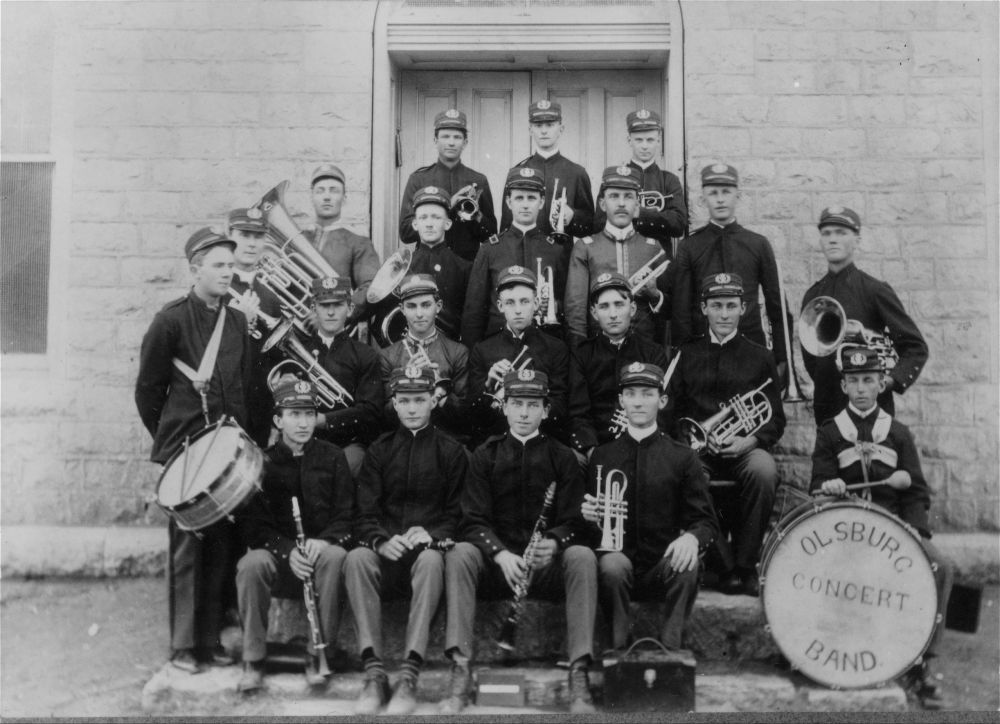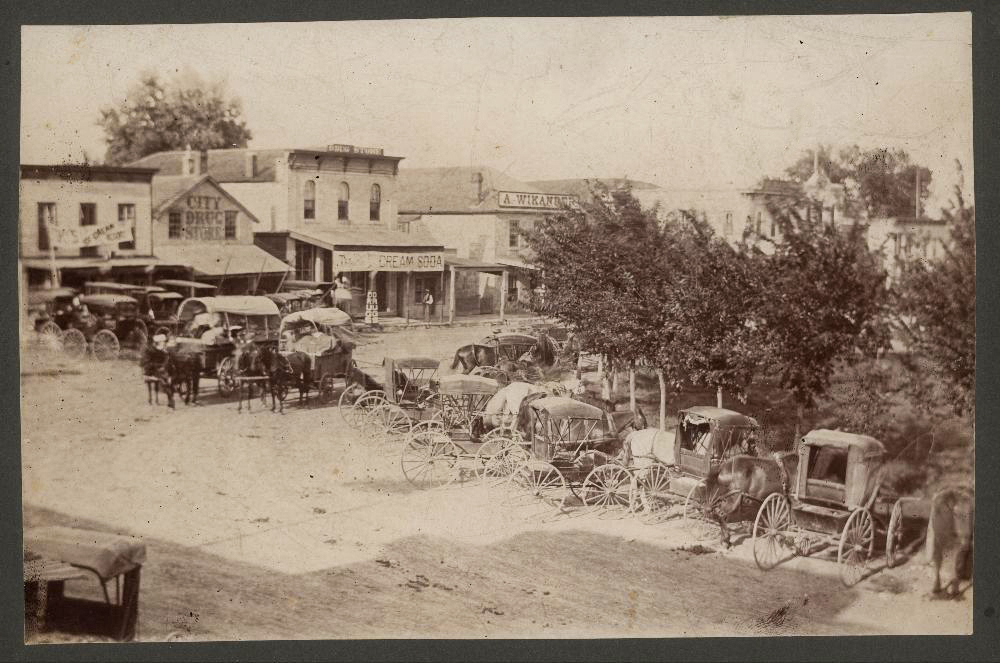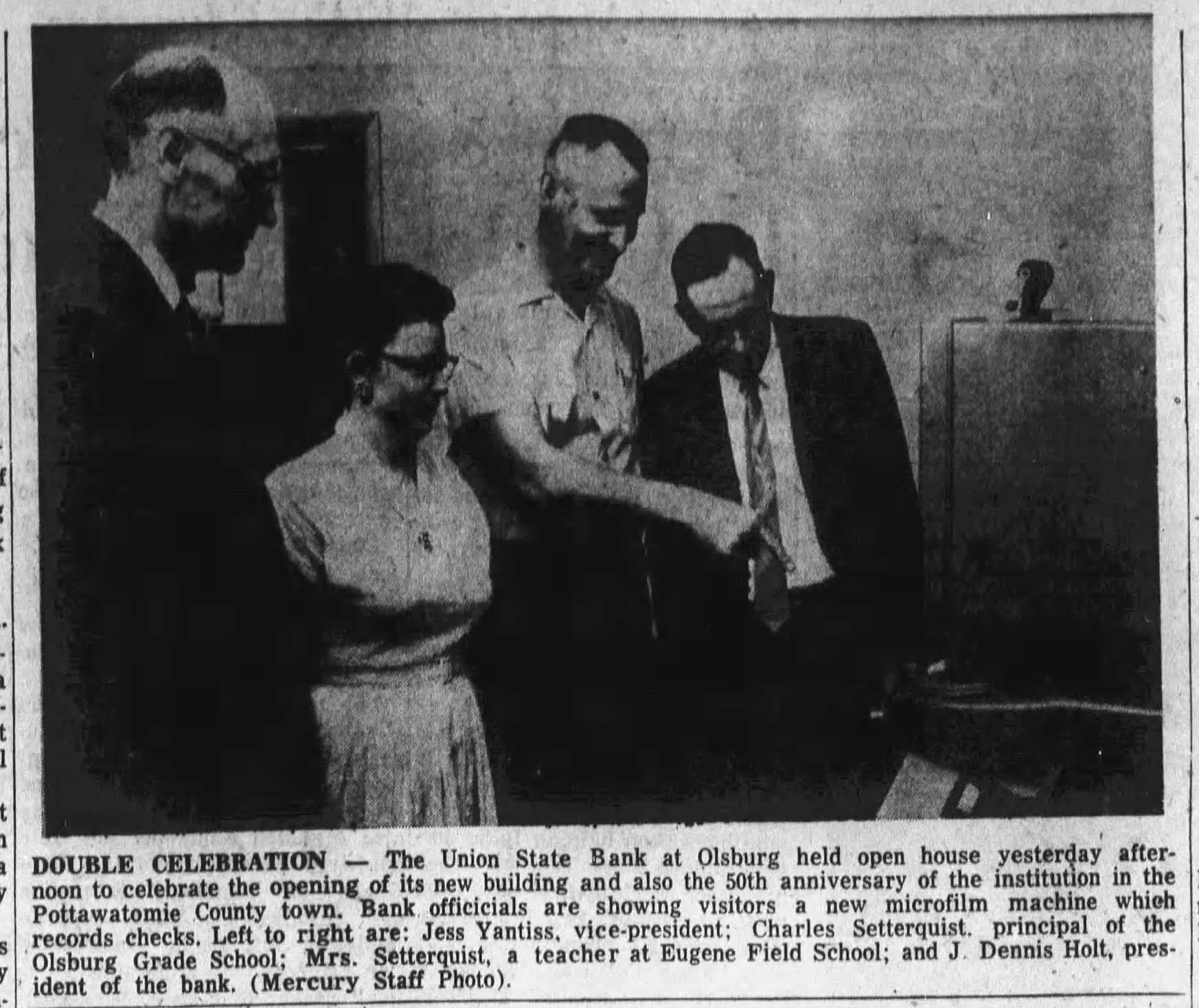Olsburg, Kansas
Founded in 1880 by Swedish and Norwegian immigrants, Olsburg was named for Ole Thrulson, a pioneer settler. The first post office in Olsburg was founded in 1873, but the name of the post office was spelled Olesburgh until 1887.
The City of Olsburg, Kansas became an incorporated city 46 years later May 15, 1926. Olsburg has a population of 220 people and is growing. There are two housing areas that have been added to the city over the past several years. In 2005, the Holt addition opened with lots for approximately ten homes. In 2019, the Greenwood addition was added making approximately 25 lots available. Six new homes have welcomed new residents to the community since then.
The future is full of possibilities for the Olsburg community. Olsburg is located just 22 miles north of Manhattan, Kansas and just eight miles east of Tuttle Creek Reservoir. You can find fishing, hunting, and outdoor experiences as well as great event venues, restaurants, and businesses offering everything from gifts to gravel. To see what’s happening in Osburg, check out the Welcome to Olsburg website.

Randolph, Kansas
Randolph is a city in Riley County, Kansas. The population of Randolph is about 159. Randolph was originally called Waterville, and under the latter name was laid out in 1856. It was renamed Randolph in honor Gardner Randolph, a pioneer settler.
Randolph was originally located a mile east of its present location. When the Tuttle Creek reservoir began filling up in 1962, it affected ten towns and entirely submerged four of them (from north to south): Cleburne, Randolph, Garrison Cross, and Stockdale. The only town to rebuild elsewhere was Randolph, where the streets are named after the submerged towns.
The ruins of the original town are visible on the north side of Kansas Highway 16 as it crosses the lake. The downtown of the original settlement is above the waterline on an island in the marshes at the northern tip of the lake. The island is occasionally accessible by foot when Fancy Creek is low, but the channels of Fancy Creek and the Big Blue River shift frequently making access to the ruins unpredictable. This is locally known as “Old Randolph.”
 FDIC-Insured - Backed by the full faith and credit of the U.S. Government
FDIC-Insured - Backed by the full faith and credit of the U.S. Government






